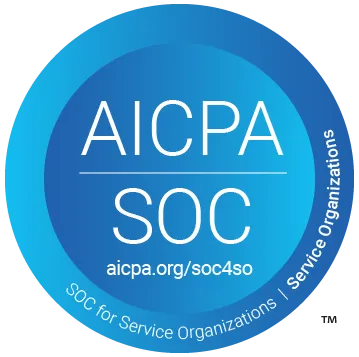Comparing Jest and Mocha: Which JavaScript Testing Framework Is Right for You?
.png)

When I first started writing tests in JavaScript, I kept seeing Jest and Mocha everywhere. They're both super popular, but honestly, I couldn't figure out why there were two different options doing seemingly the same thing. After using both for a while, I finally get it.
If you're building anything from a React app to a Node.js API, picking the right testing setup can save you hours of frustration later. And even if you're using AI tools to help generate tests, understanding these frameworks makes you a better developer.
Why This Actually Matters
I used to think testing was just something senior devs worried about. Turns out, writing good tests early saves you from those 2 AM debugging sessions. Whether you're on a team or working solo, getting your test setup right from the start means fewer headaches down the road.
- For developers: You want something that just works with little config.
- For QA teams: You're looking for reliable tests that integrate with your CI/CD pipeline.
- For product leads and CTOs: The goal is fewer surprises and faster, safer releases.
All the code from this tutorial is available in this GitHub repo.
What Is Jest?
Jest is Facebook's testing framework that became super popular with React developers. But here's the thing: it works great for any JavaScript project. What I love about Jest is that it's basically a complete testing toolkit in one package.
Why I Liked Jest as a Beginner
- No need to install separate tools, it's all included
- Works out of the box with most projects
- Pretty fast since it runs tests in parallel
- Built-in mocking and snapshot testing
Installing Jest
npm install --save-dev jestUpdate your package.json:
"scripts": {
"test": "jest"
}Now create a test file:
// sum.test.js
const sum = (a, b) => a + b;
test('adds numbers', () => {
expect(sum(1, 2)).toBe(3);
})Run the tests:
npm testDone. No extra libraries needed.
What Is Mocha?
Mocha is a bit more flexible. It's just the test runner, so you have to bring your own assertion and mocking libraries. This gives you more control but takes more time to set up.
Why Some Teams Prefer Mocha
- It's great for backend Node.js testing
- You can pick your own assertion and mocking tools
- Works well if you already use things like Chai or Sinon
Installing Mocha with Chai
npm install --save-dev mocha chaiUpdate your package.json:
"scripts": {
"test": "mocha"
}And your test file:
// sum.test.js
const { expect } = require('chai');
const sum = (a, b) => a + b;
describe('sum', () => {
it('adds numbers', () => {
expect(sum(1, 2)).to.equal(3);
});
});You'll probably also add a mocking tool later (like Sinon).
Which One Should You Choose?
Go with Jest if:
- You're building a front-end or full-stack app
- You don't want to mess with config
- You need snapshot or built-in mocking support
Try Mocha if:
- You want full control and don't mind extra setup
- You're testing a Node.js backend
- Your team already uses Chai or custom setups
Where Do These Fit with AI QA Tools?
Even if your team uses tools that automatically generate tests, writing unit tests manually still matters. Frameworks like Jest or Mocha give you fast feedback while coding. They're the first safety net, while your AI QA tool handles the bigger stuff like user flow testing.
Not using an AI QA tool yet? Try QA.tech for free.
Suggested Project Structure
Here's a good way to organize your test files:
my-app/
├── src/
│ └── sum.js
├── tests/
│ └── sum.test.js
├── package.json
└── README.md
If you use Jest, your test script runs automatically as long as filenames include .test.js. For Mocha, you may need to tell it where your test files are:
"scripts": {
"test": "mocha tests/**/*.test.js"
}Conclusion
Don't stress too much about this choice. Both Jest and Mocha are solid options. If you're starting fresh or working on front-end stuff, Jest is probably easier. If you're testing APIs or already using Chai, Mocha might be a better fit.
The best way to decide is to try both. Set up a small test for the same function in each and see which one feels more natural.
Next step: Try both frameworks in a mini project, then explore how they plug into your full QA pipeline with AI-powered testing tools like QA.tech.

Stay in touch for developer articles, AI news, release notes, and behind-the-scenes stories.

